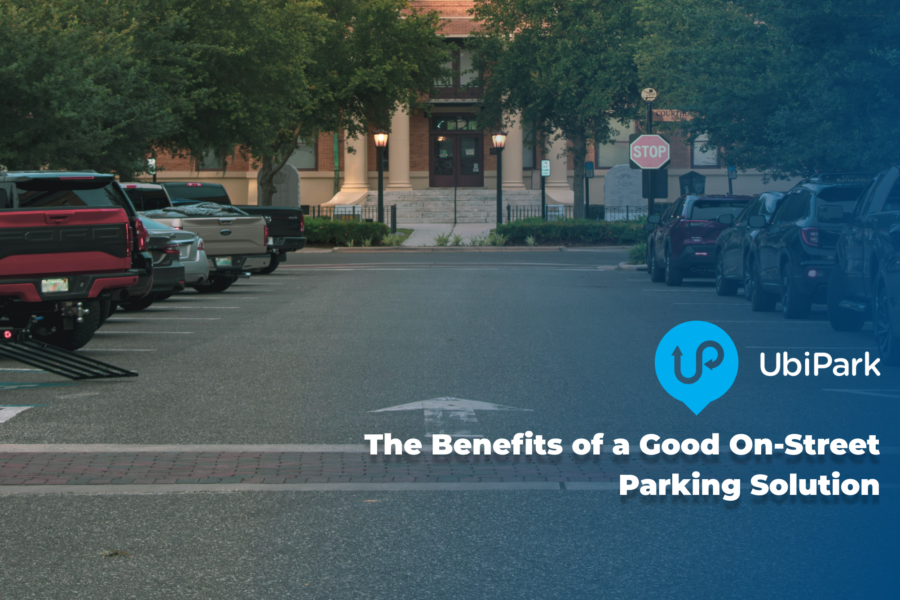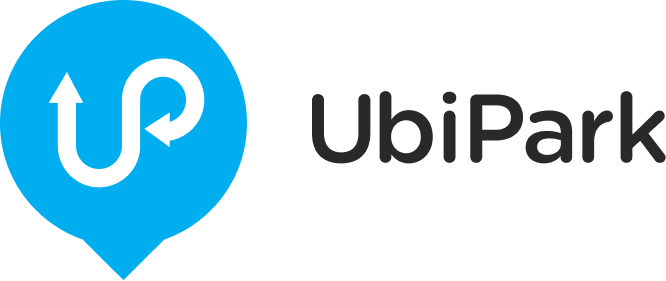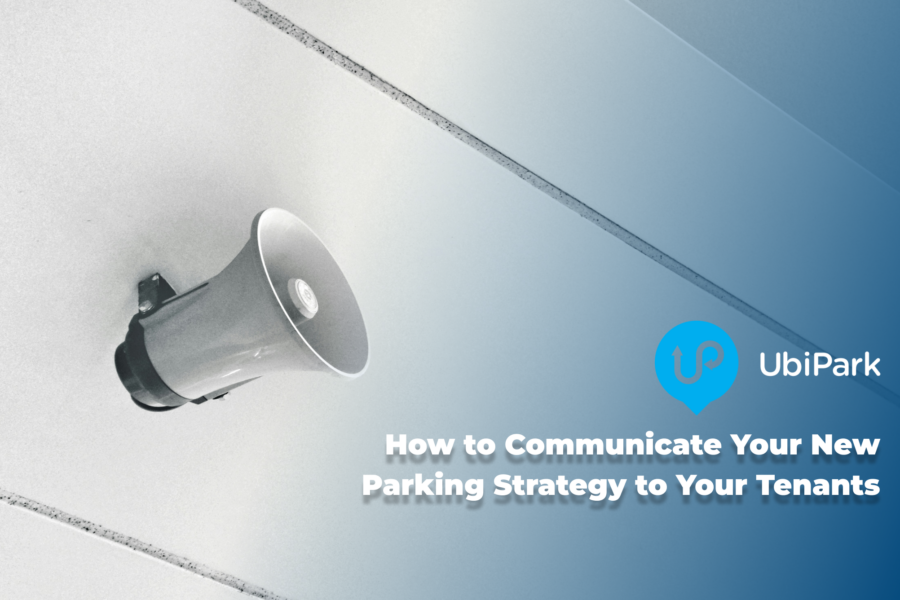Taking the stress out of city parking
September 9, 2019
Getting around urban spaces, and particularly finding a parking spot, is an issue we’ve all come up against.
Spaces can be difficult to find, there are always restrictions and availability doesn’t always align with when you need the spot. Not to mention it can be costly, and the whole experience can ultimately cause stress levels to soar.
This also leads to increased congestion in already crowded streets and is further hindered by people diving to the same hubs in cities to look for a park. Whether it’s a shopping centre or a certain street with cheaper on-street parking, people trying to find a spot and failing means there are more cars on the road and fewer in available parking spaces.
Unfortunately, cities present a significant challenge when it comes to parking infrastructure. For the most part, it’s difficult to find space to build a new car park, let alone additional on-street spots. Further, we’ve seen time and again that simply building more parking will do little to combat congestion due to the rapid population growth.
According to a 2015 report by the Department of Infrastructure, Transport, Cities and Regional Development (BITRE), the avoidable cost of congestion for Australian capital cities sat at around $16.5 billion for 2015. BITRE’s projections are saying this cost is set to rise to $30 billion by 2030.
Taking advantage of tech to combat this problem
The solution is simple and involves utilising existing technology in a new way. Most modern car parks have parking sensors that indicate whether a spot is free or taken, and this is the same for a lot of street parking in cities. We all know and enjoy the convenience of entering a shopping centre car park and simply having to look for a green light that tells us if a spot is available. It saves time previously spent circling the carpark and keeps traffic moving smoothly.
Car park operators, councils and transport authorities can take this convenience and further improve it by making all parking information available to motorists, which encourages better utilisation of existing spaces.
For example, you are looking to drive into the city for a meeting. Chances are you are using a GPS to navigate you to the building where you then have to find the closest car park. By the time you find a space you could be a few blocks away from your destination. By making parking information freely available to motorists, you could simply plug in your destination and, rather than navigating you to a building, you receive real-time directions to the nearest available parking spot.
This mitigates the need to create additional spaces and ensures that all parking infrastructure is fully utilised. It also reduces congestion and provides valuable data to councils for future city planning.
By gaining insights into the areas that receive the highest demand for parking versus the lowest, councils can ensure they build additional spaces where required and better encourage utilisation of other available spaces.
Congestion and rapid population growth is not something we can build our way out of. For cities looking to improve the transport experience of motorists, they should look to reimagine existing technologies in a way that will address Australia’s congestion woes, and provide a stress-free, convenient parking experience.



